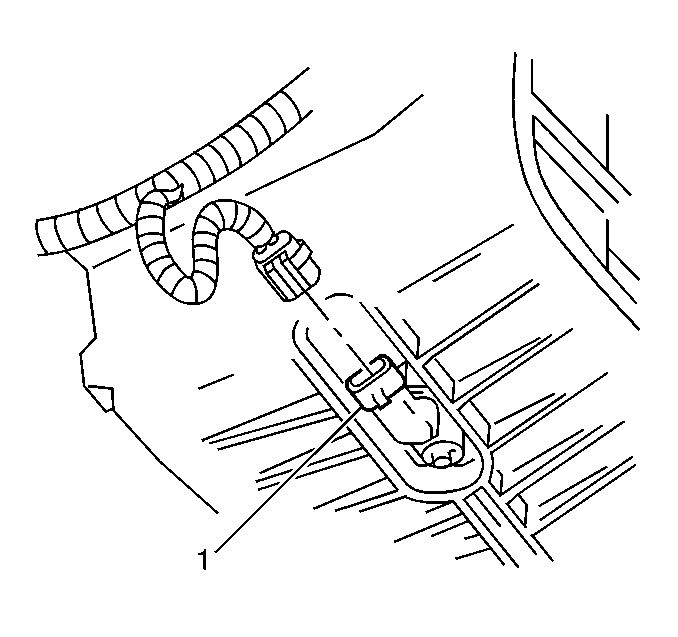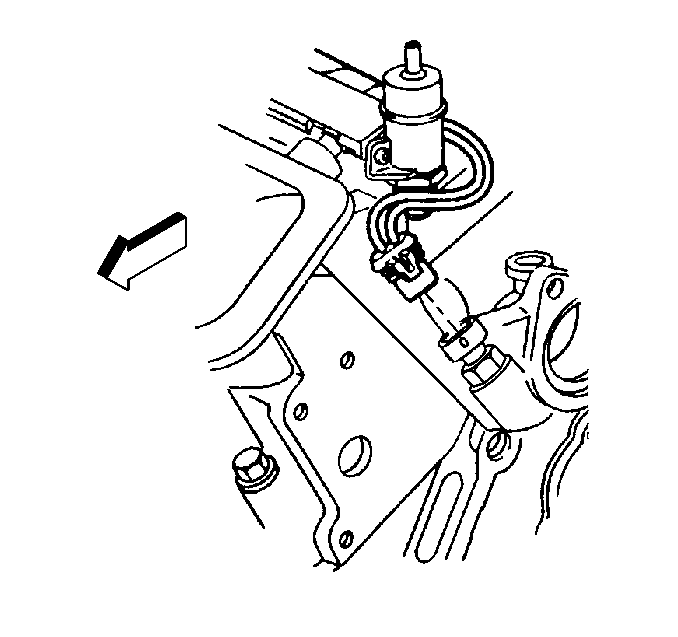PCM Controlled Warning Lamps
The PCM controlled lamps are intended to alert the driver to an operating condition which may require immediate attention.
The PCM commands the Low Oil Level Lamp ON if the engine oil level sensor indicates that a low oil level condition exists. The PCM determines whether or not to test for low oil level based on the difference between engine coolant temperature at the last shutdown and engine coolant temperature at start up. This is to ensure that the oil has drained back into the oil pan before testing.
Engine Oil Level Lamp

The engine oil level sensor is used to detect low engine oil level conditions.
The Engine Oil Level Switch is a simple float switch that is grounded when the engine oil level is OK. The PCM checks the Engine Oil Level switch circuit at startup. If the engine has been running, the PCM performs a test routine based on engine coolant temperature to ensure that the engine oil has drained back into the sump before checking the state of the engine oil level switch. If the engine coolant temperature is between 15°C (59°F) and 140°C (284°F), the PCM compares the engine coolant temperature at the last key OFF to the engine coolant temperature at the current key ON. If the difference between the recorded temperature values is at least 12°C (54°F), the PCM will test the engine oil level.
Hot Lamp

The PCM commands the Hot Lamp ON when the engine coolant temperature exceeds 124°C (255°F). The PCM commands the Hot Lamp OFF when the engine coolant temperature falls below 120°C (248°F).
Generator Lamp

The PCM commands the Generator Lamp ON when the engine speed is greater than 1200 rpm and the system voltage falls below 10.0 volts for longer than 5 seconds. The PCM commands the generator ON when the voltage rises above 12.0 volts.

Refer to Instrument cluster for further information on warning lamp operation.
